In mid-May last year, it was finally time to explore some more of Falster, the neighbouring island to Lolland where I was living at the time. On a Friday after work, I caught the bus to Gedser, Denmark’s and Scandinavia’s southernmost town, and awaited the arrival of my friend who was coming by ferry from Germany. Gedser is a ferry port, linking eastern Denmark with Rostock in Germany. And, unfortunately, this hometown of just under 700 people does not have much else going for it today.
Despite this, Gedser is an intriguing place to visit. The main draw is its preserved historical buildings, most of them dating back to the beginning of the 20th century. It is obvious that time has stood still for decades in Gedser. The many empty townhouses and unpolished facades tell the story of urbanization and the consequences of the depopulation of rural parts of Denmark, which is still very much ongoing. Nowhere tells this story better than Gedser – perhaps with the exception of my own Rødby on Lolland. Both of them are slowly becoming ghost towns.
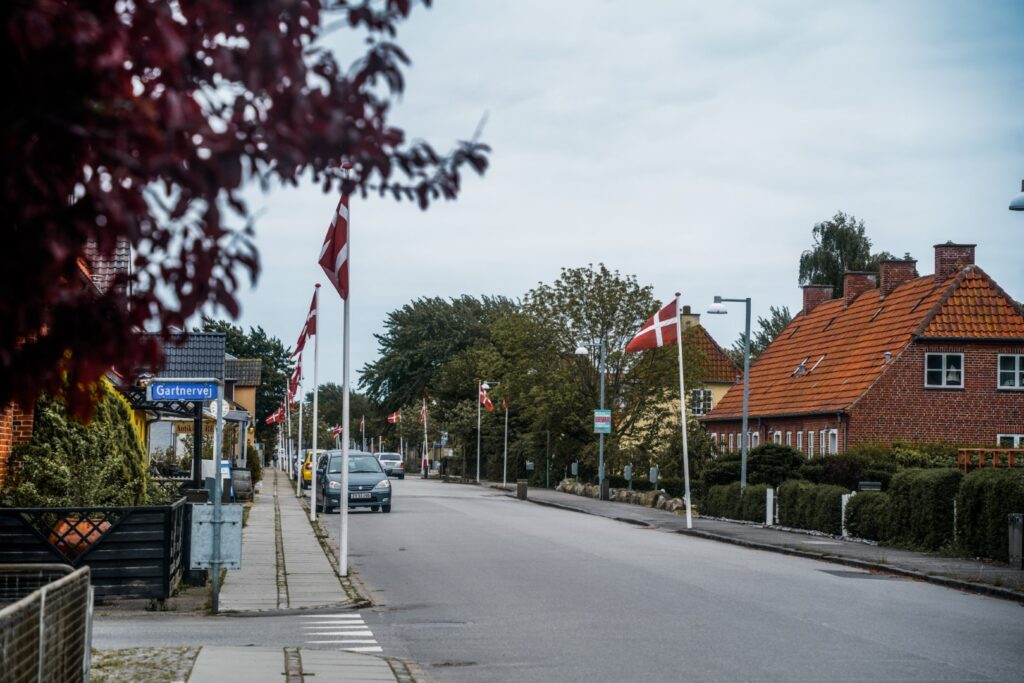
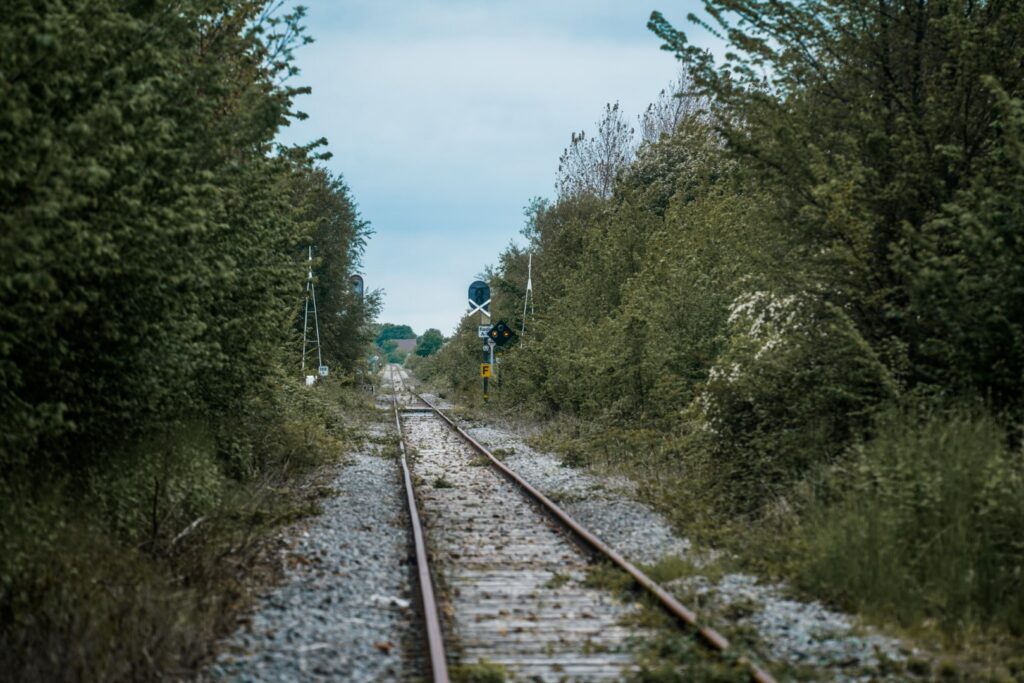
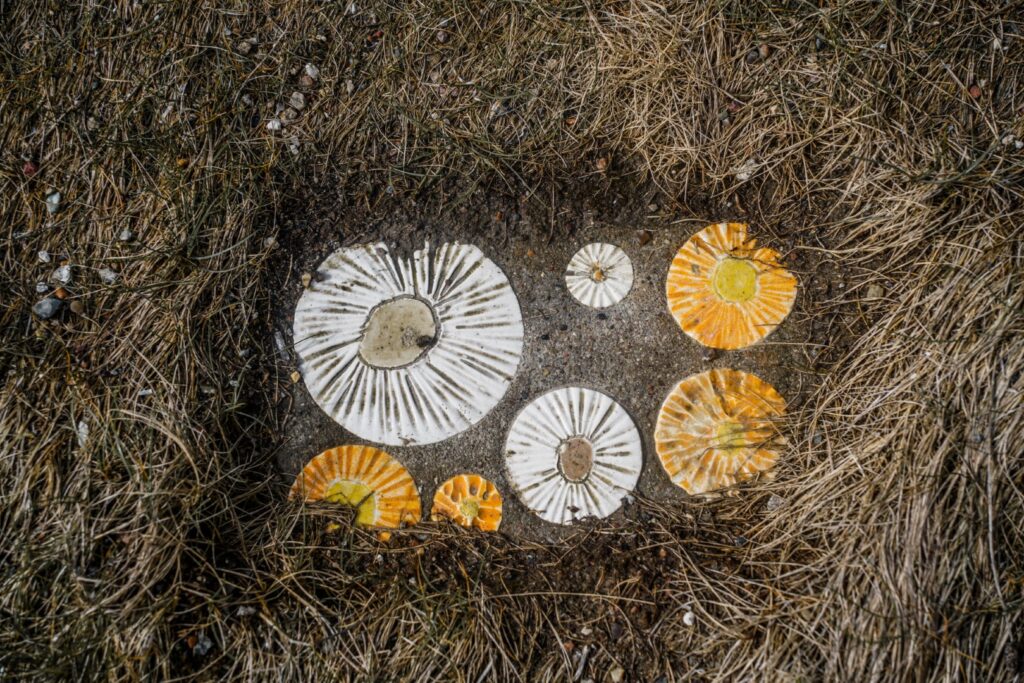
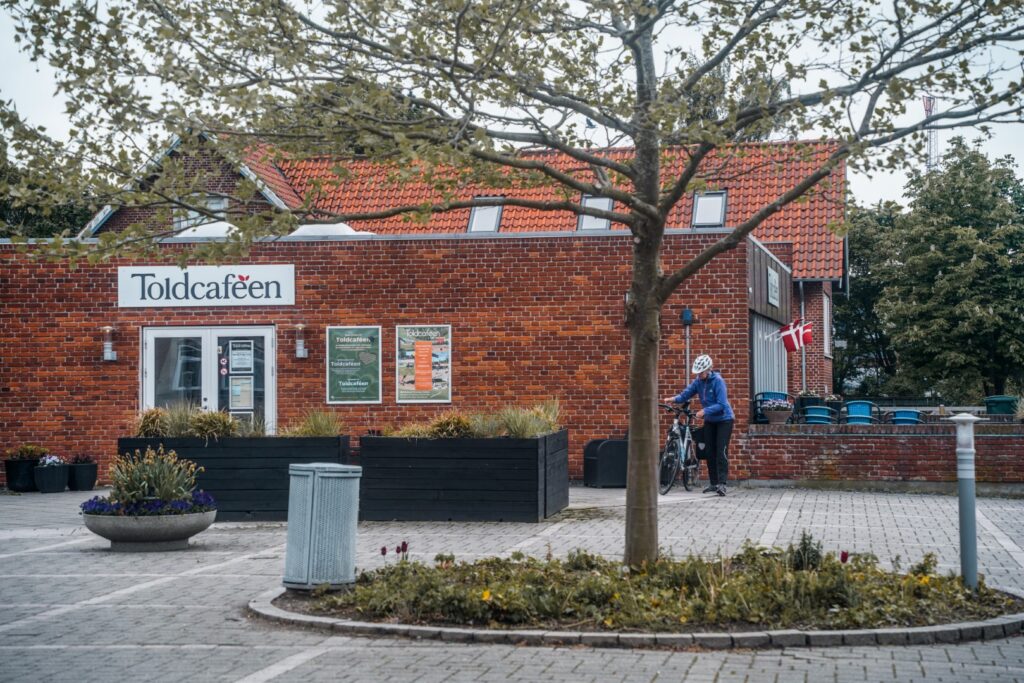
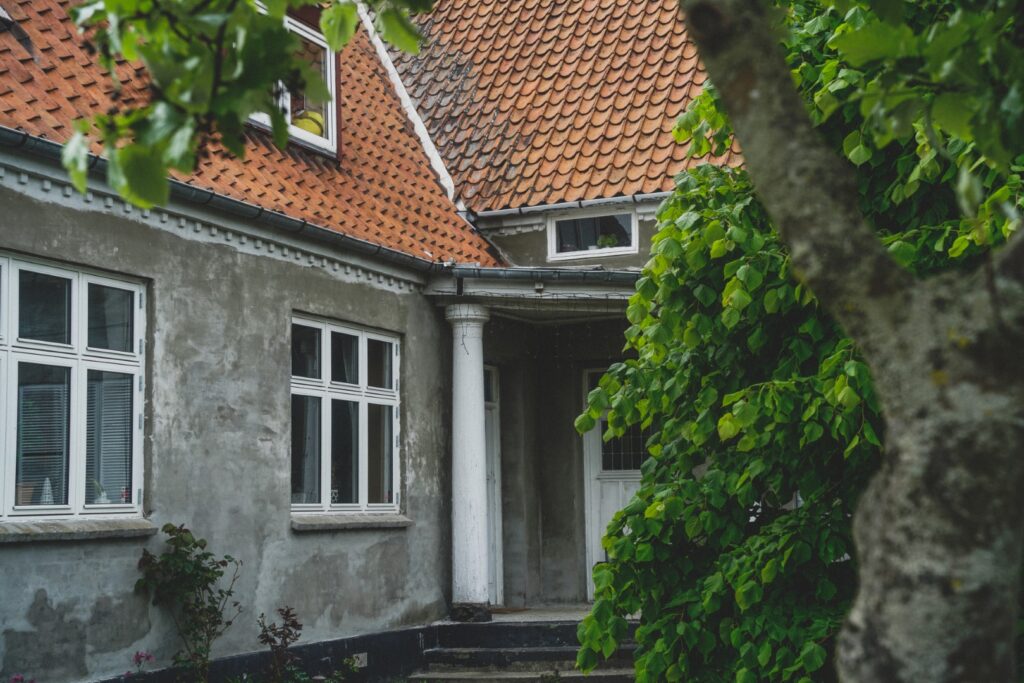
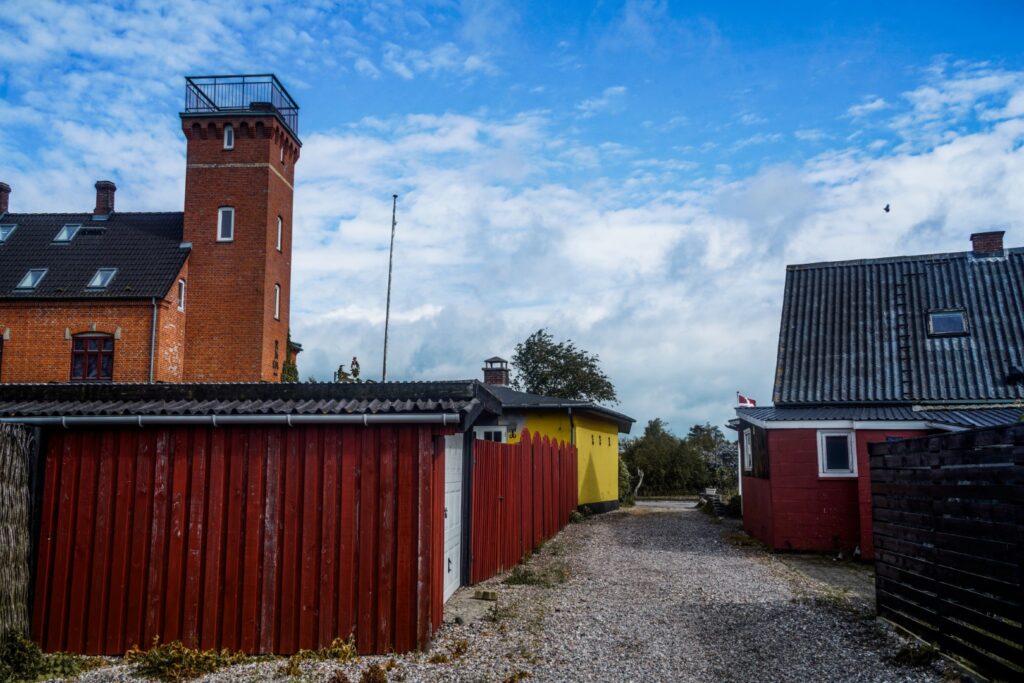
Since there was no cheap accommodation to be found in Gedser, we opted for a night at a shelter by the marina. For just 30 DKK per person, we thought it would be an affordable and fun way to spend time in the town! Sleeping in a shelter is very Danish. Many people do it during the summer or in the weekends of the warmer months, and some hardcore people even stay in shelters during the winter. I personally love sleeping in shelters, and I couldn’t wait to give my friend the experience.
Upon arriving in Gedser, I dropped off my stuff at the shelter and headed off to town to greet my friend. I studied all the old buildings that line the main street, spotted the old cinema from 1924, cute little shops, the church from 1915, a café and a hotel with a sign that looked like it hadn’t been readable since the 70s. Walking in Gedser is like stepping into a history book about Denmark in the early 1900s; like a real-life museum.
For some reason, I couldn’t find my way down to the ferry and ended up getting quite lost – but on the bright side, I found a nice viewpoint of Gedser’s abandoned railway station from 1903. The last train from Gedser left in December 2009, a final stroke that only added to its burgeoning depopulation.
Eventually, I found my friend at the old yellow water tower from 1912, which is now used as a viewing tower. Unfortunately, it’s only open during the summer months, so we trotted off after relaxing for a while in the sun.
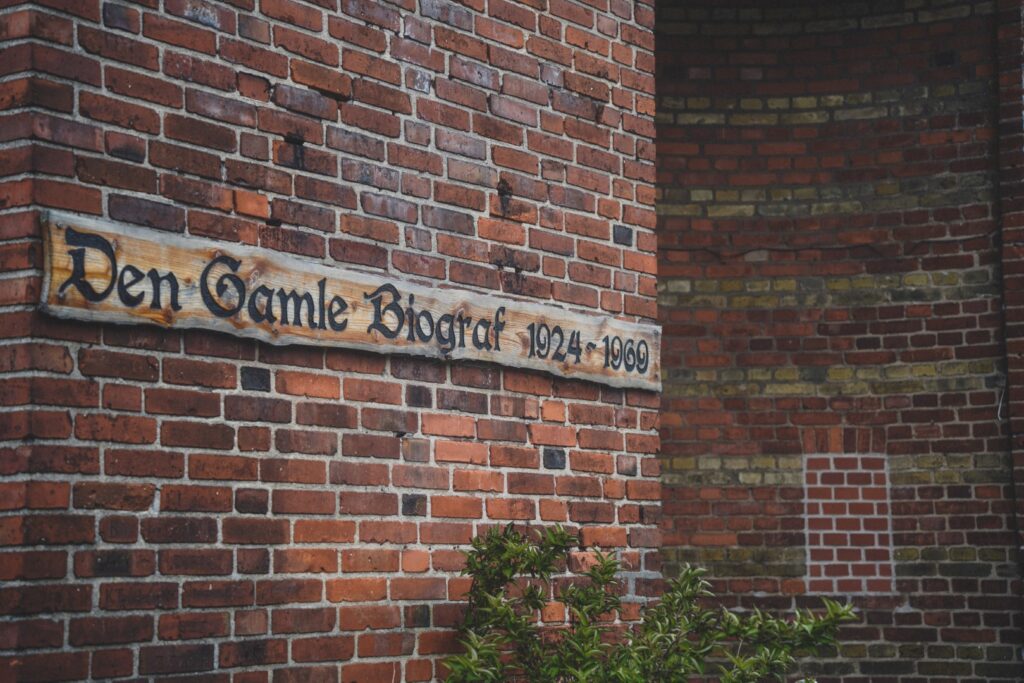
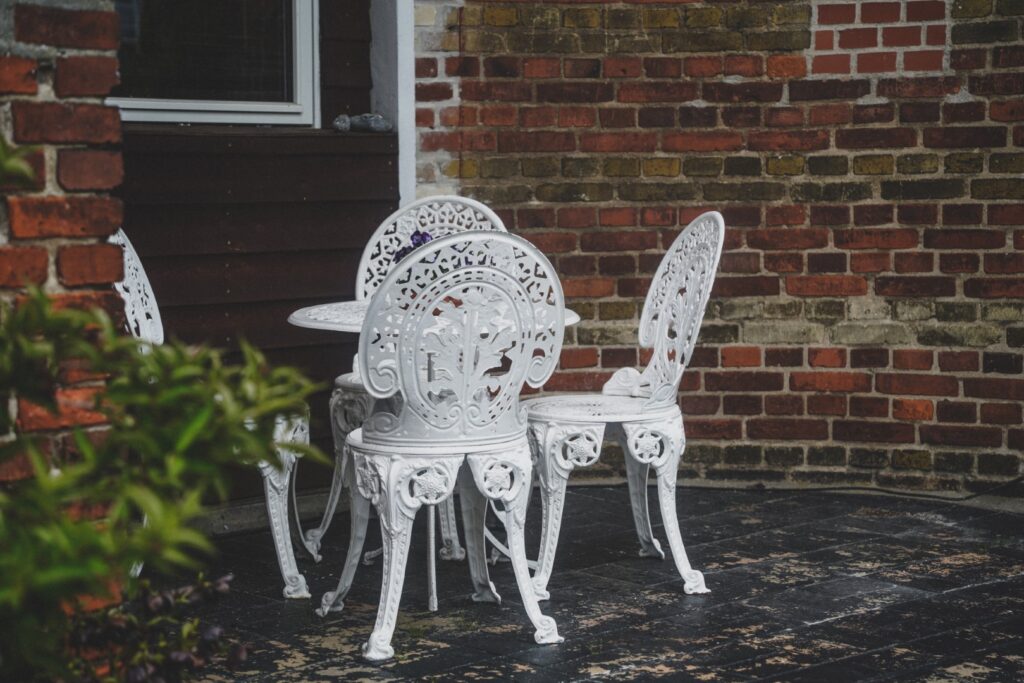
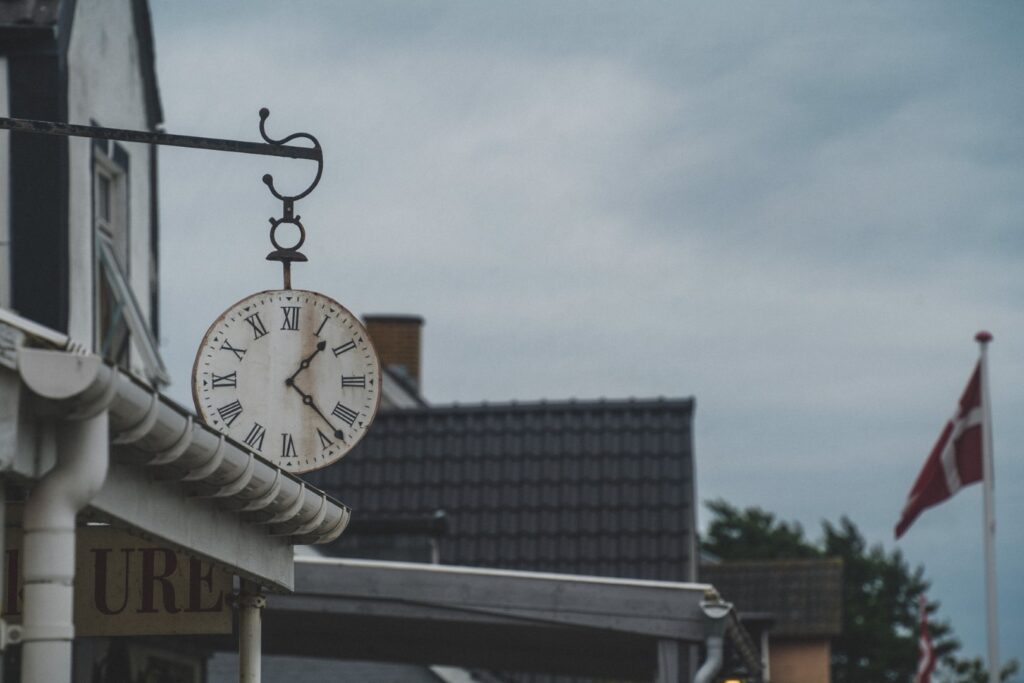
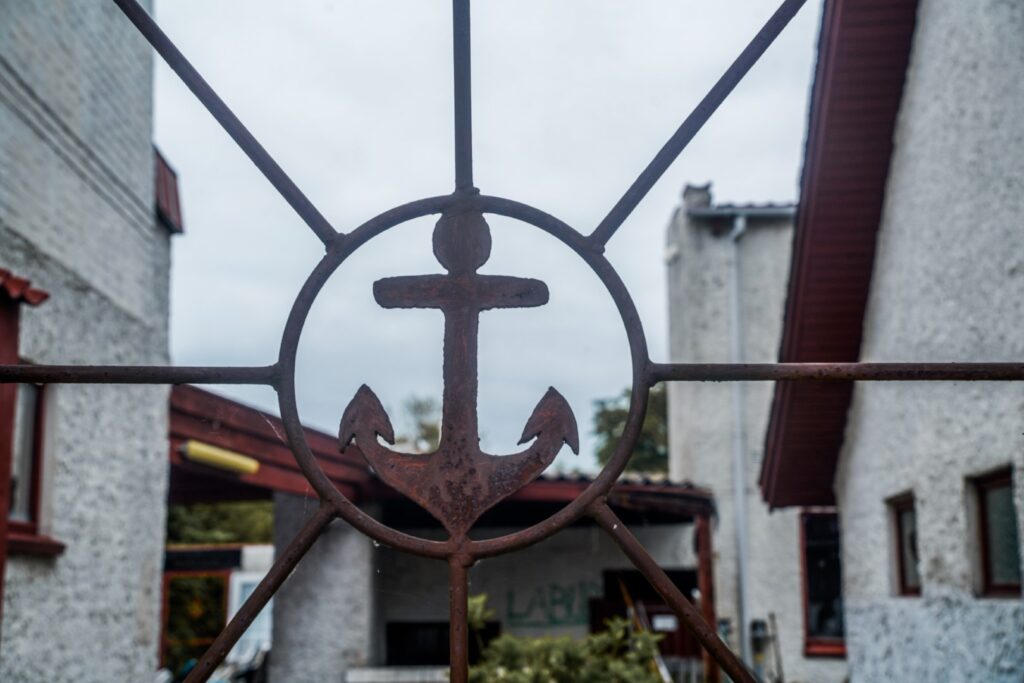
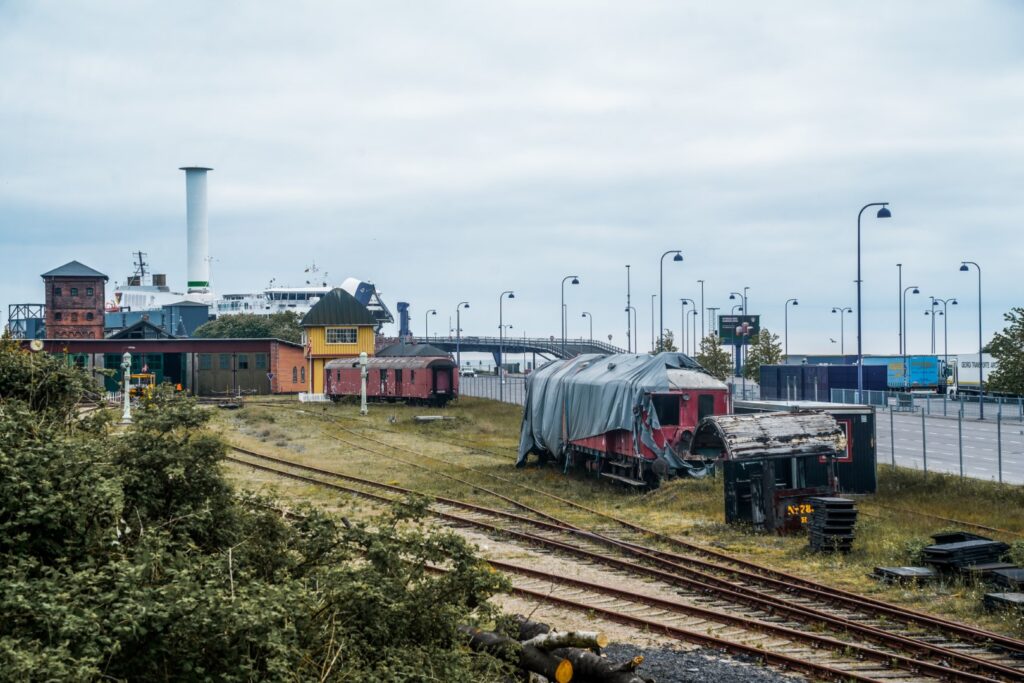
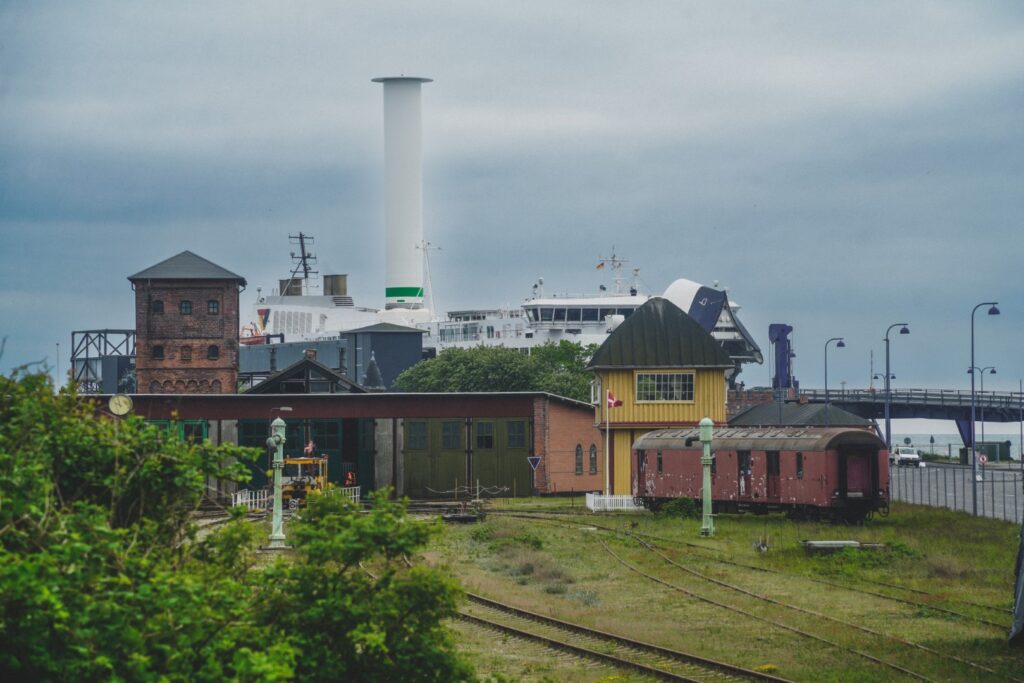
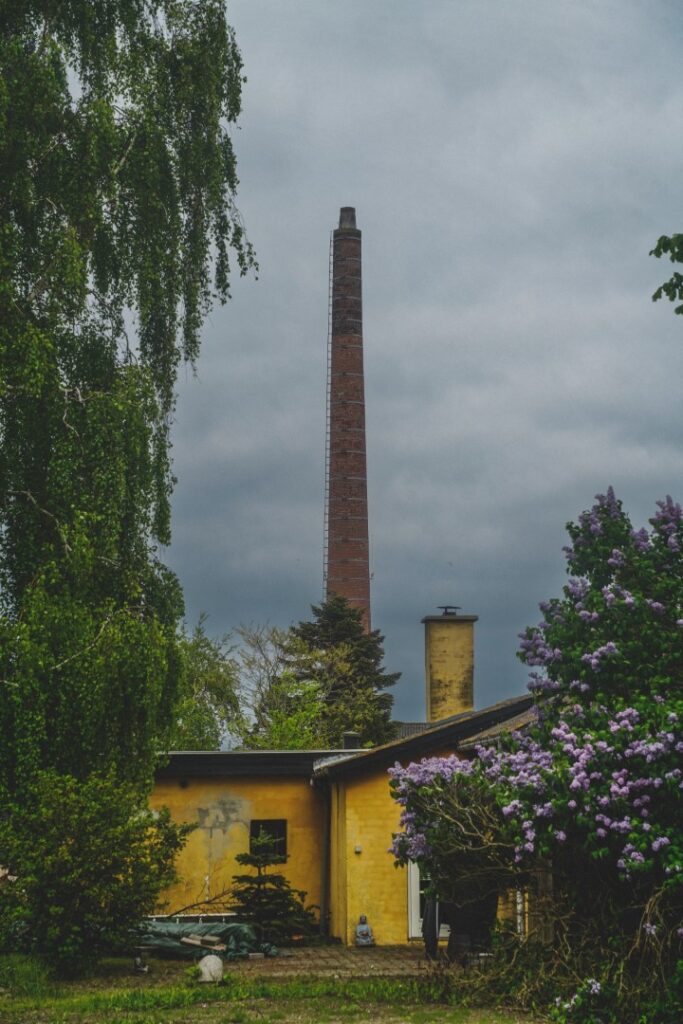
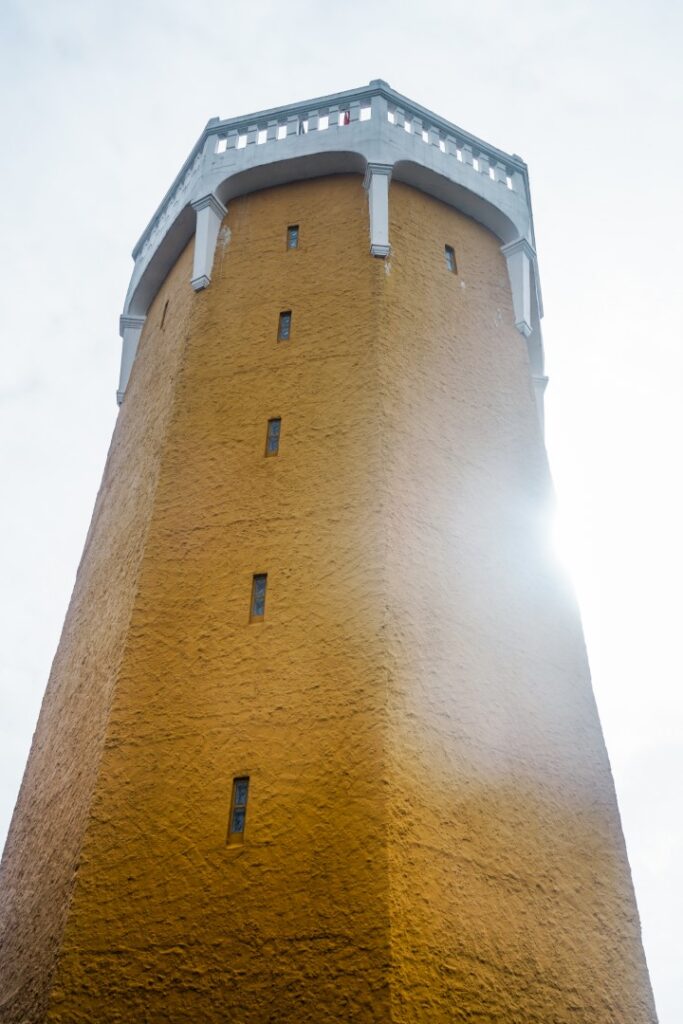
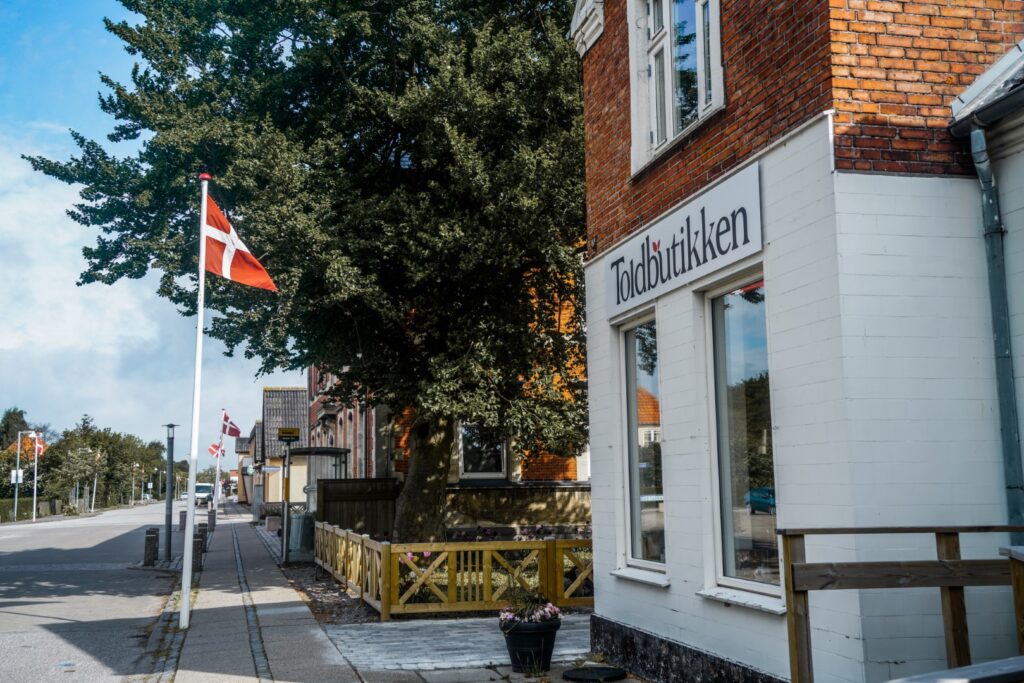
Before heading back to the shelter, we shopped for groceries at Gedser’s small grocery store. There was hardly any vegan food to be found, but that is to be expected in a small town on the edge of the country. We found enough for dinner and breakfast, and decided to have lunch at the local fast food joint.
Returning to the shelter, we relaxed for a bit, and then set off on an evening walk through Kroghage, a protected nature area just south of the marina, with lakes, reed forests and meadows. After a lovely walk, we sat down on the beach to watch the sunset and bid farewell to the day.
When we got back to the shelter, we unpacked all of our stuff and got ready for dinner. This was when we had a dramatic turn of events and our night became a true nightmare. Spiders were hanging from the ceiling, crawling over our sleeping bags and mats. I screamed out several times as my friend fought to take them all away. He did a great job but they just kept coming. In the end, I gave up, feeling too scared to spend the night there. Thankfully, the marina has a large shower room so we snuck in there and spent the night in safety, away from the huge disgusting spiders!
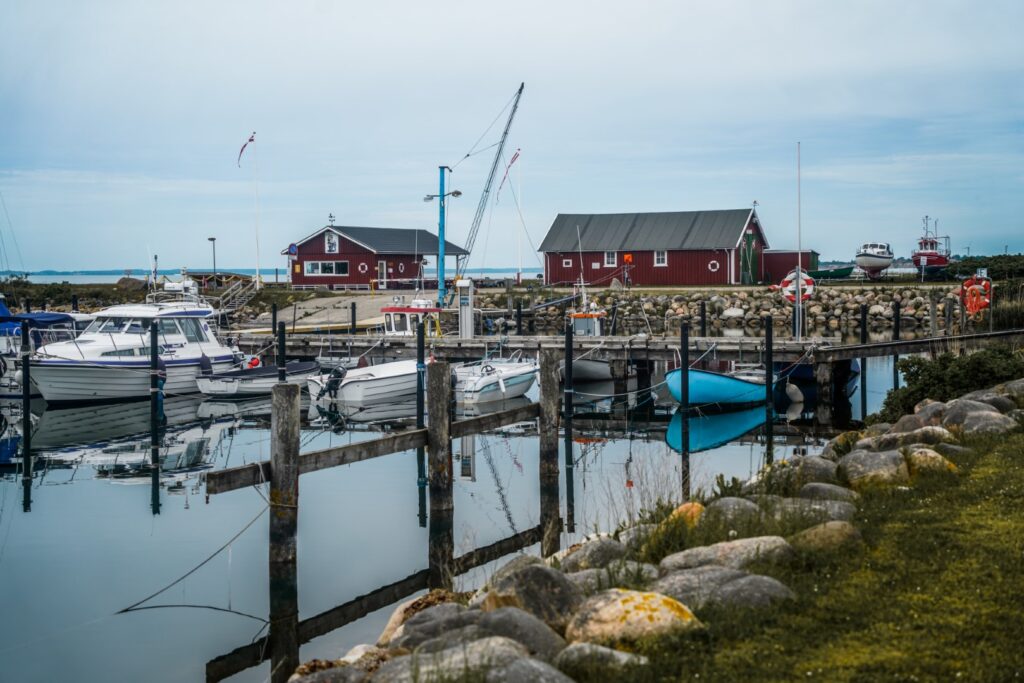
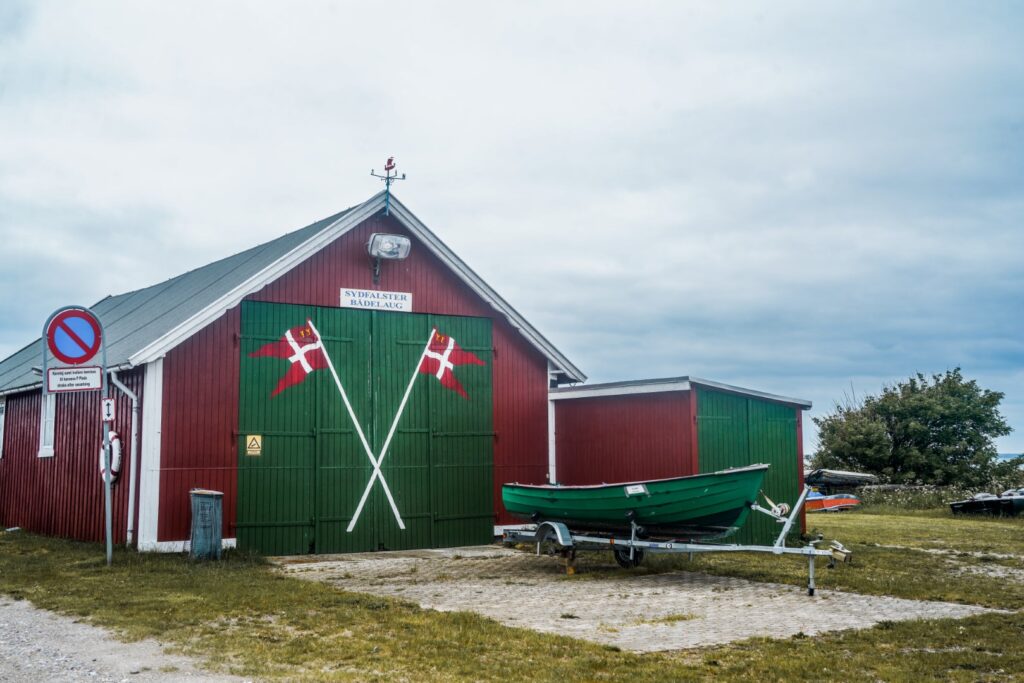
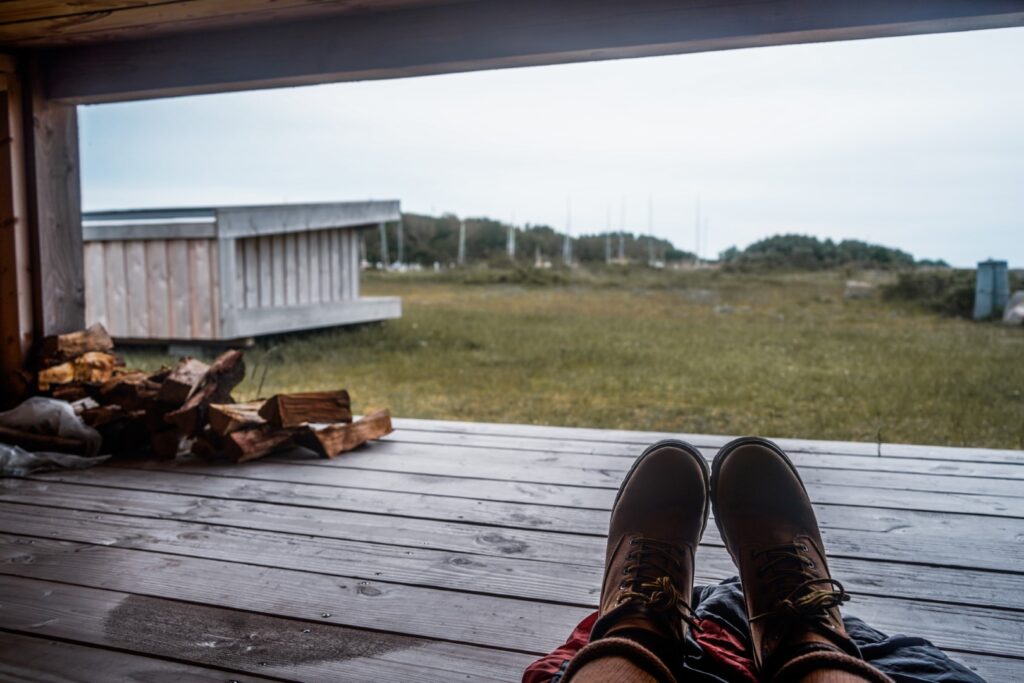
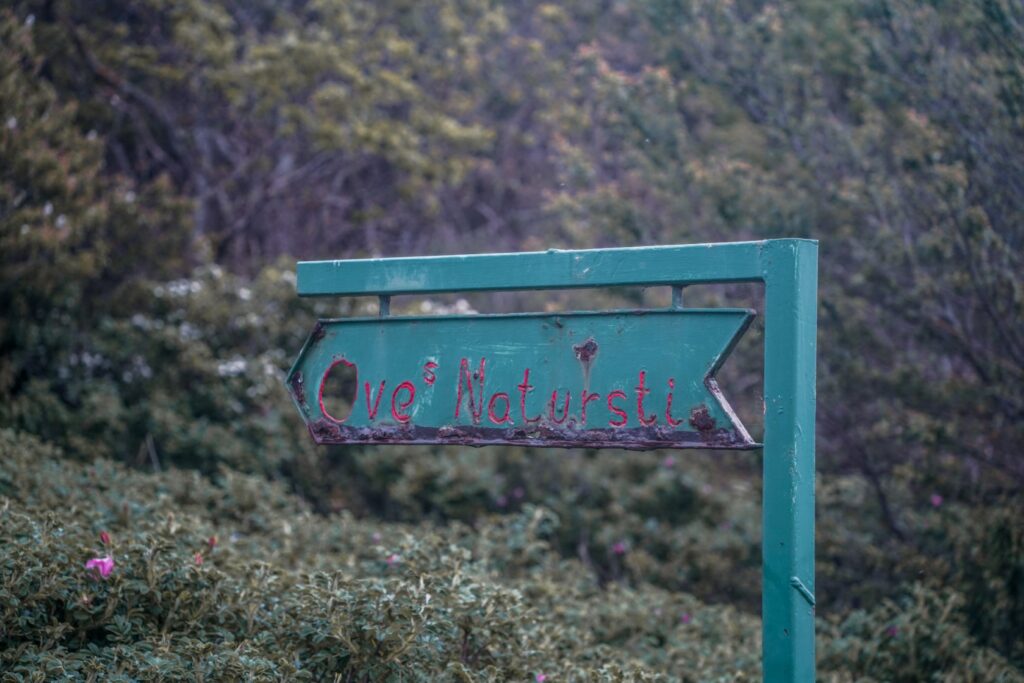
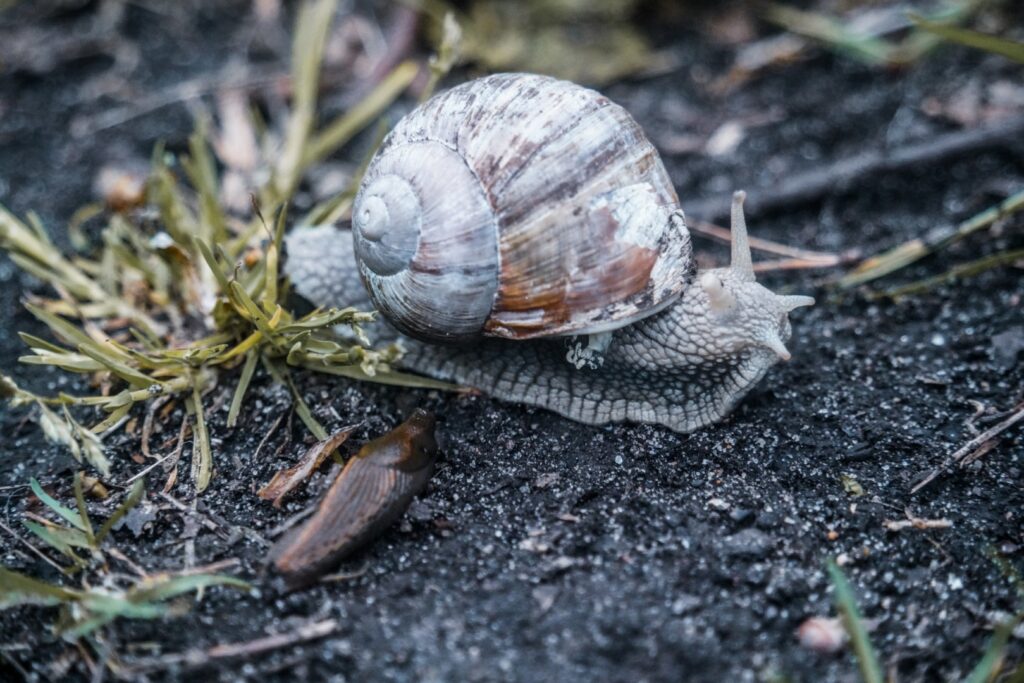
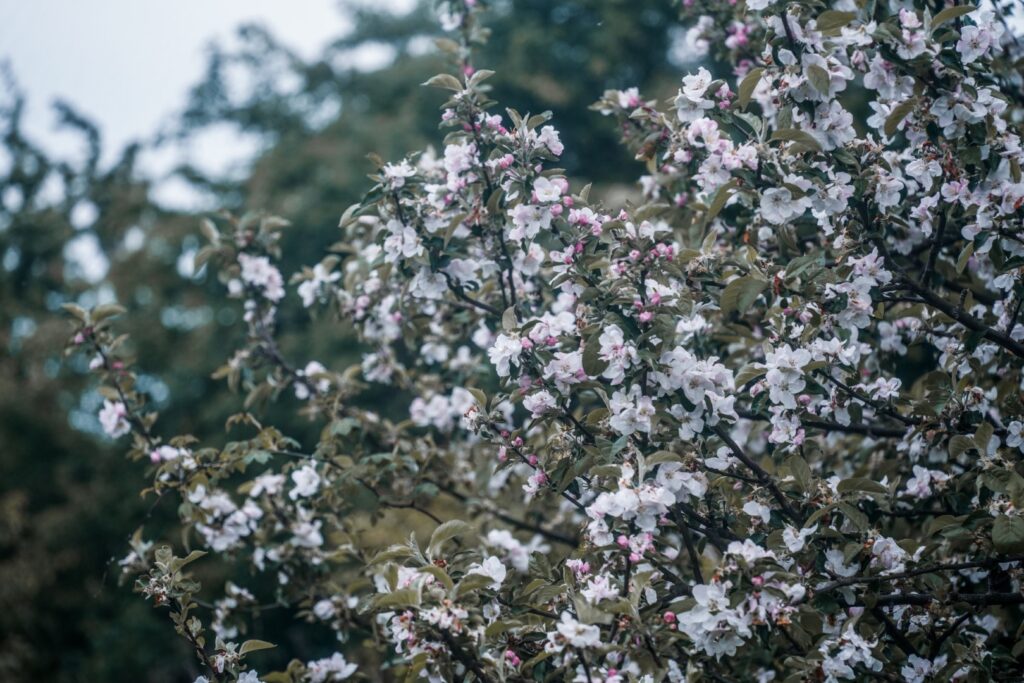
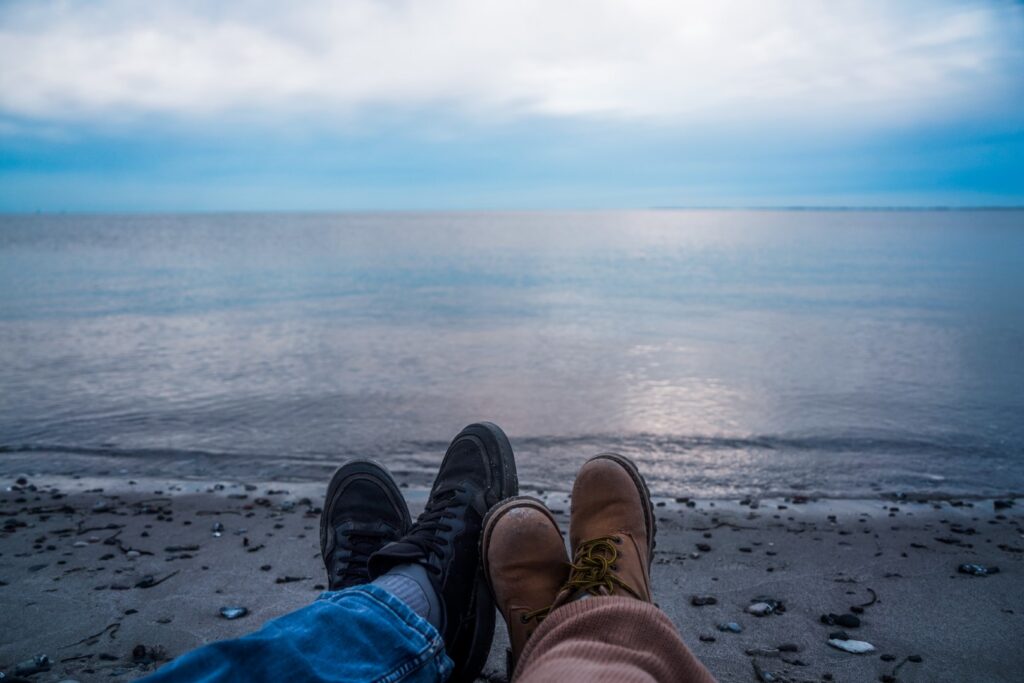
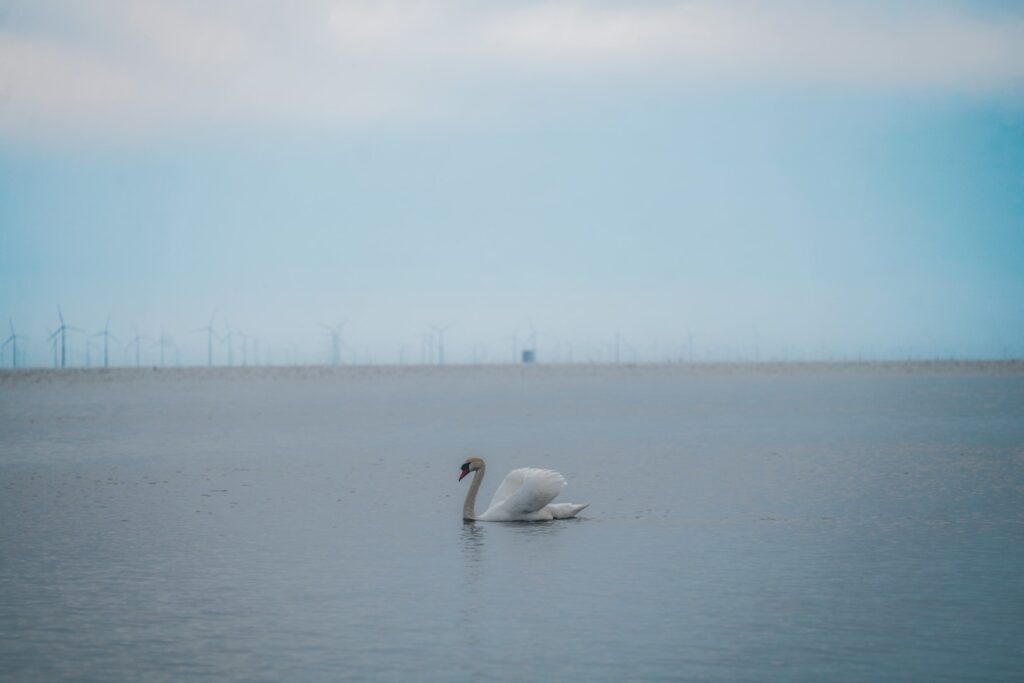
We woke up early the next morning, quite refreshed after a much better night than it would’ve been had we stayed in the shelter!
Before we left Gedser, there was one place I really wanted to see; Sydstenen, the southernmost point of Denmark and, in fact, of all of Scandinavia! This point is located just four kilometres from the town. We brought our breakfast with us and headed out on the walk, going through the centre of town and then down to the ocean. We walked partly on the beach, partly on a path, enjoying the wonderful views of the Fehmarn Belt strait along the way.
We then turned onto a country road that led us past Gedser Lighthouse from 1802, which was under renovation. Not long after, we reached Sydstenen and the pretty cliffy coastline that make up this very special geographic wonder!
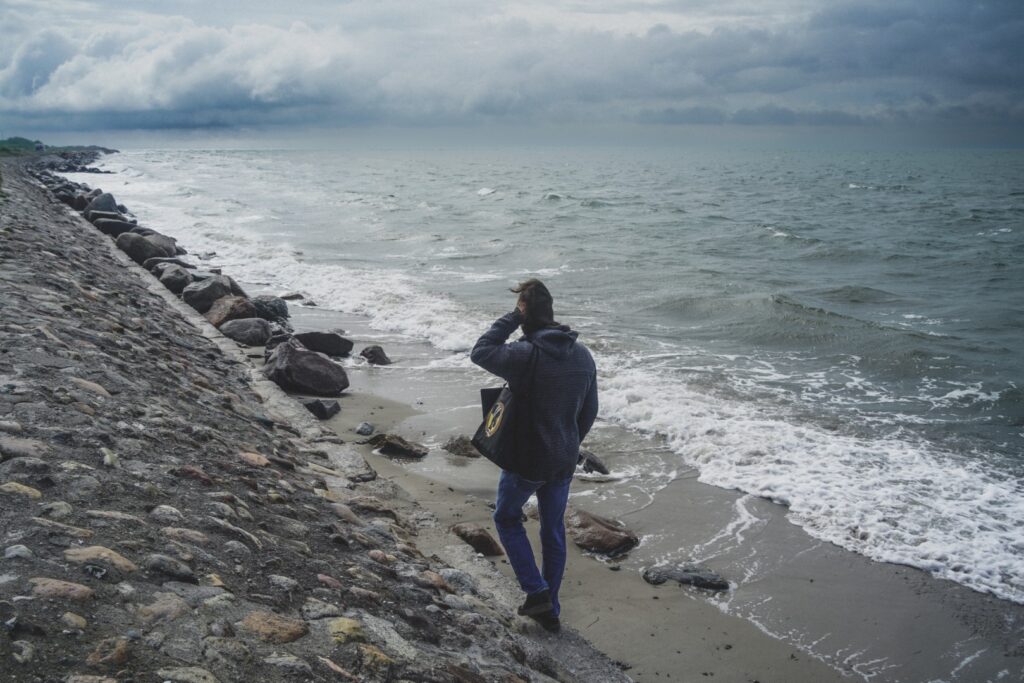
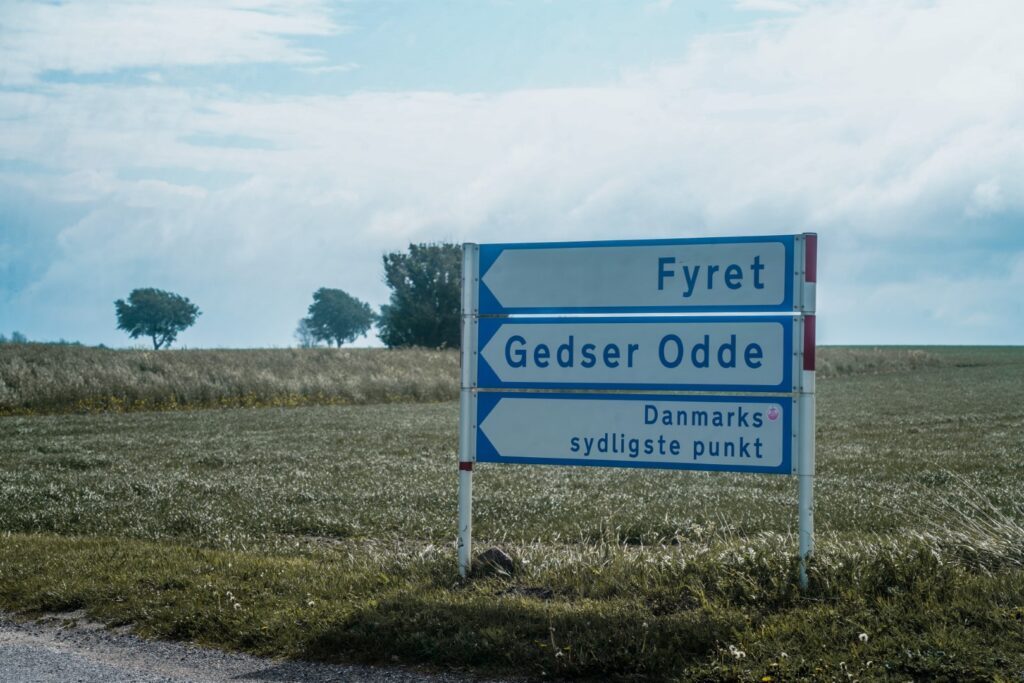
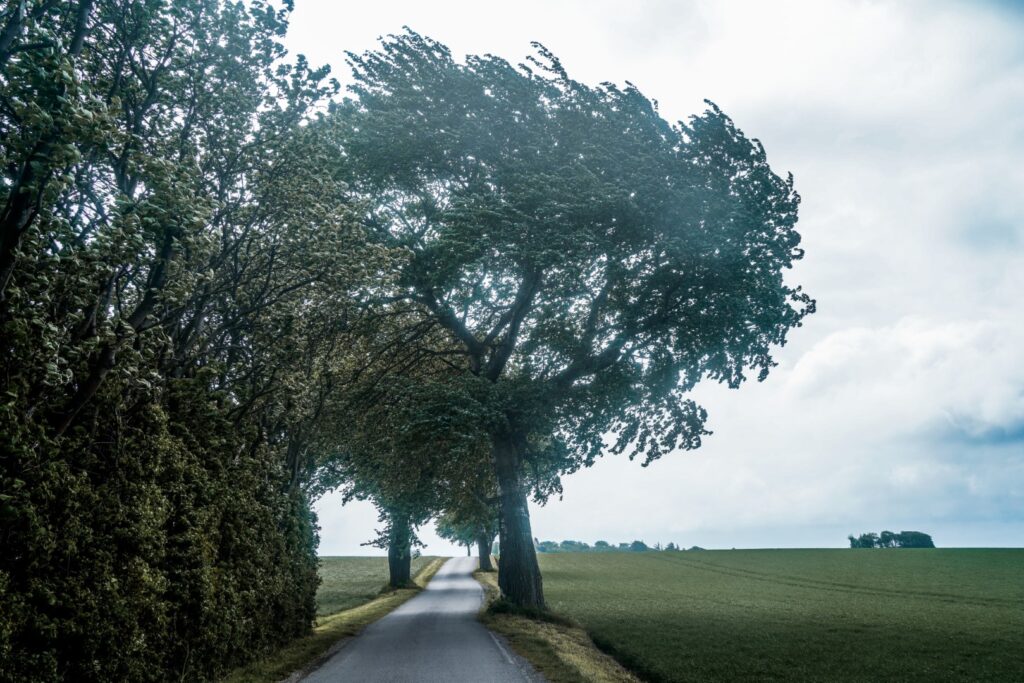
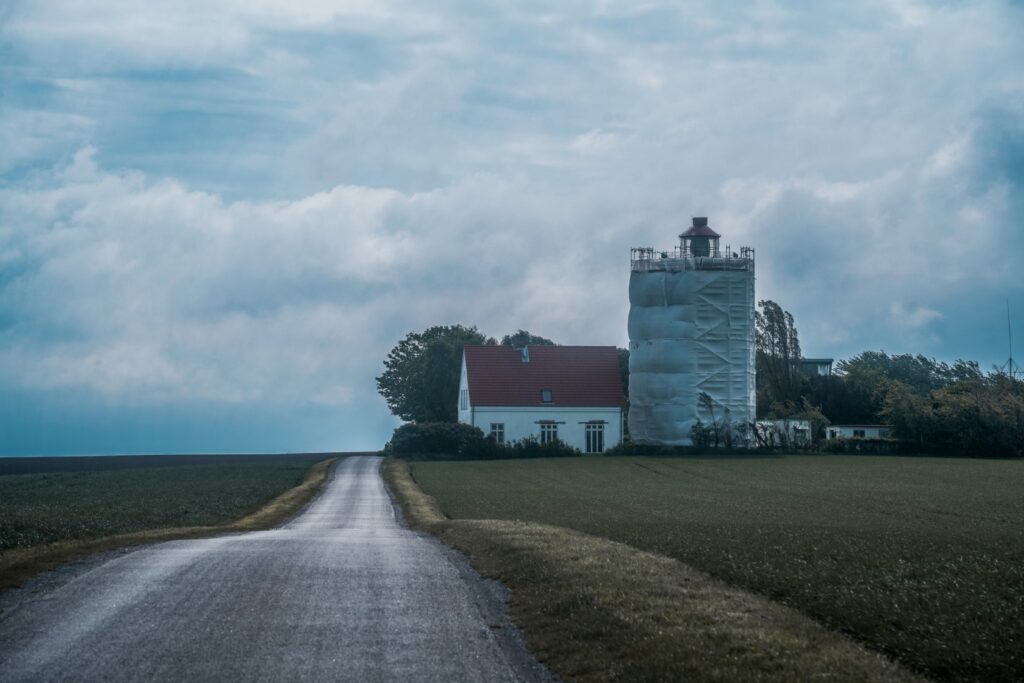
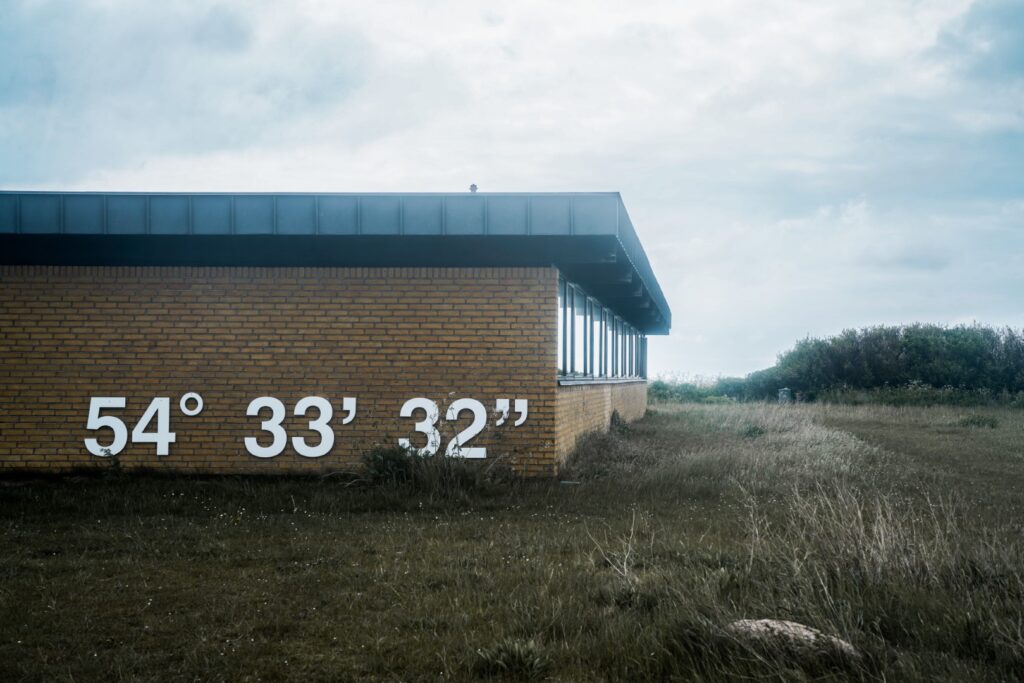
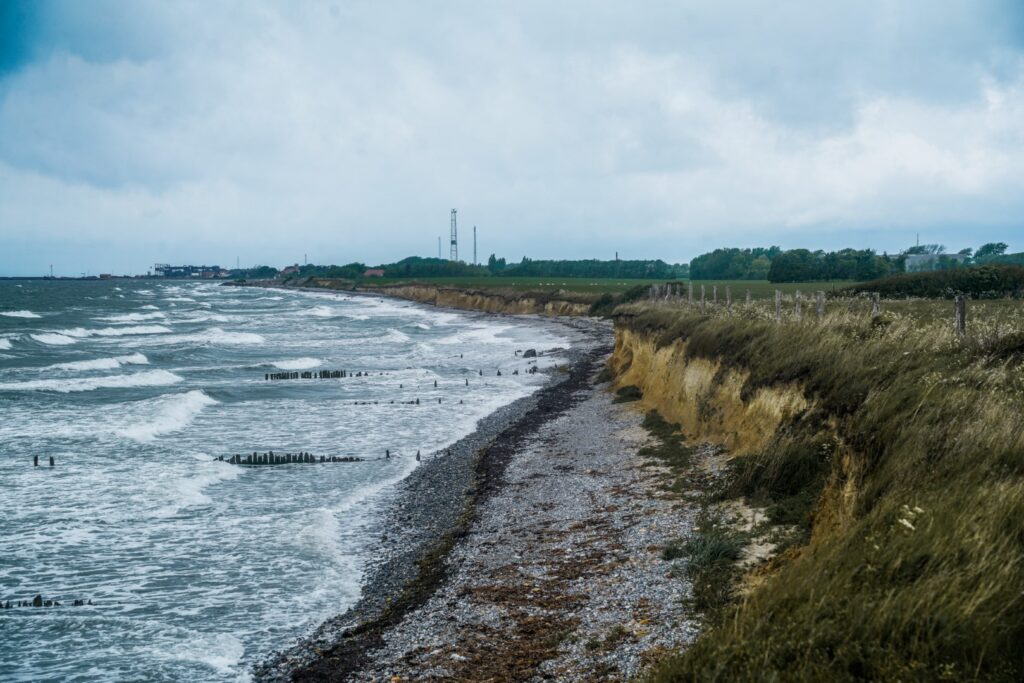
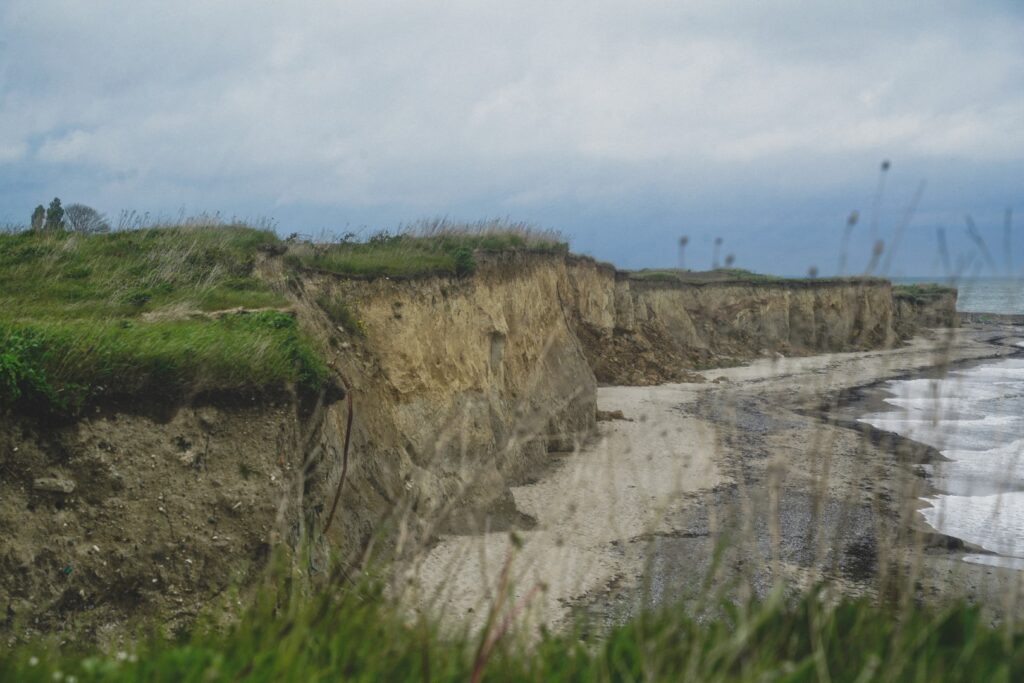
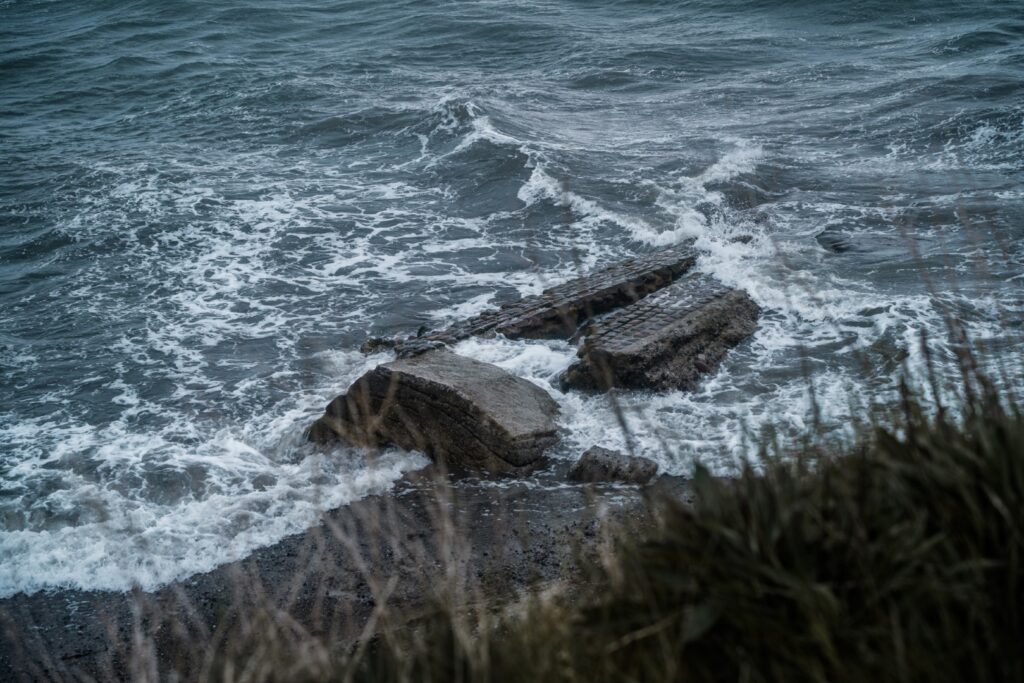
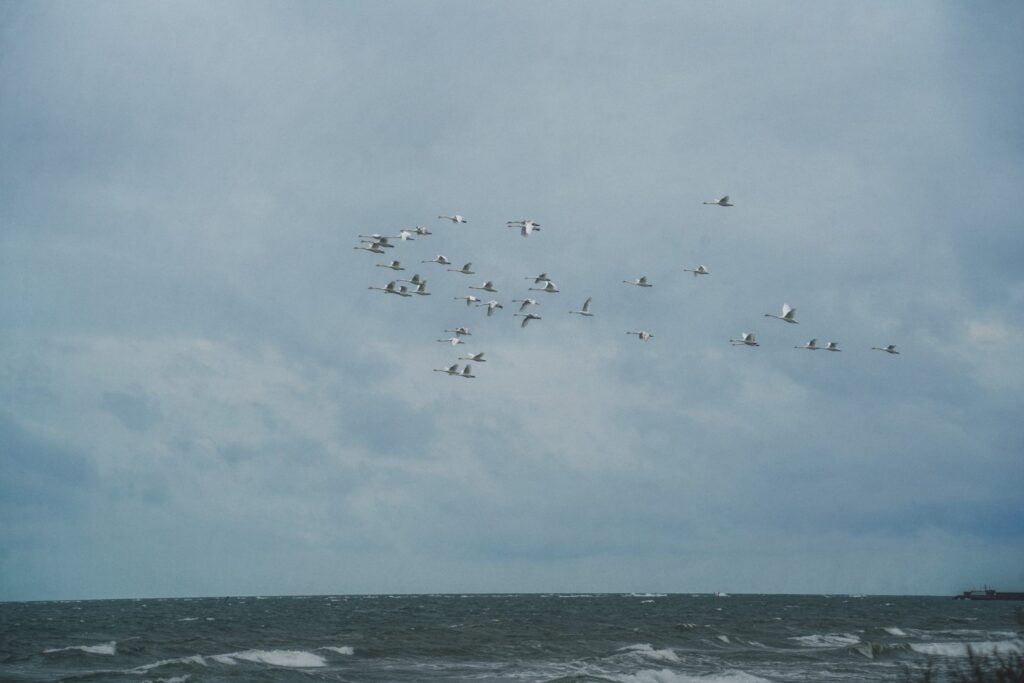
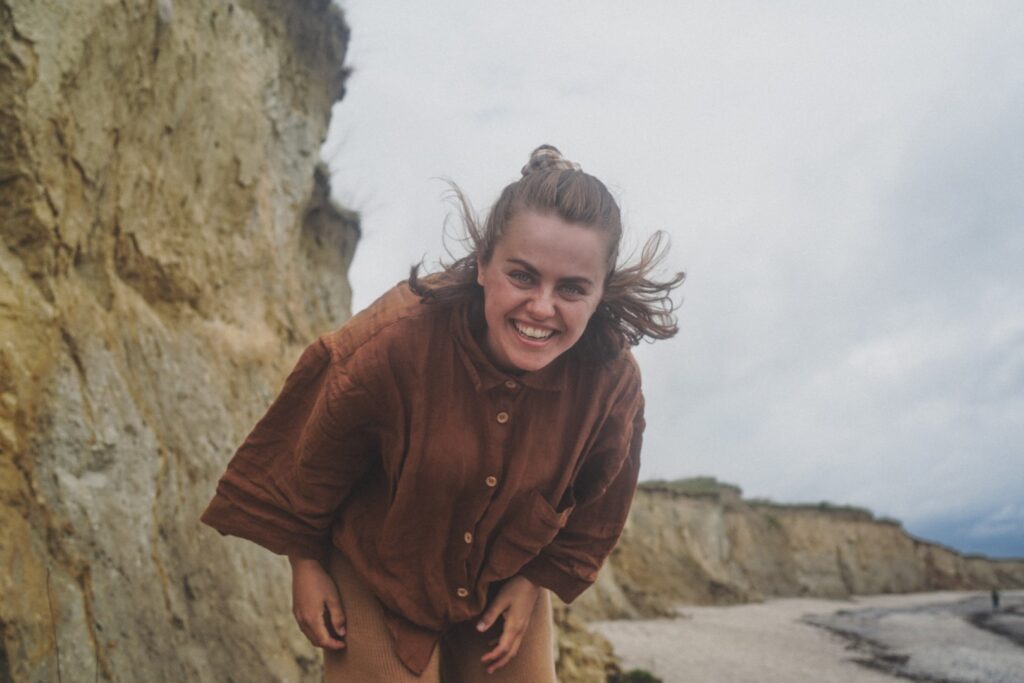
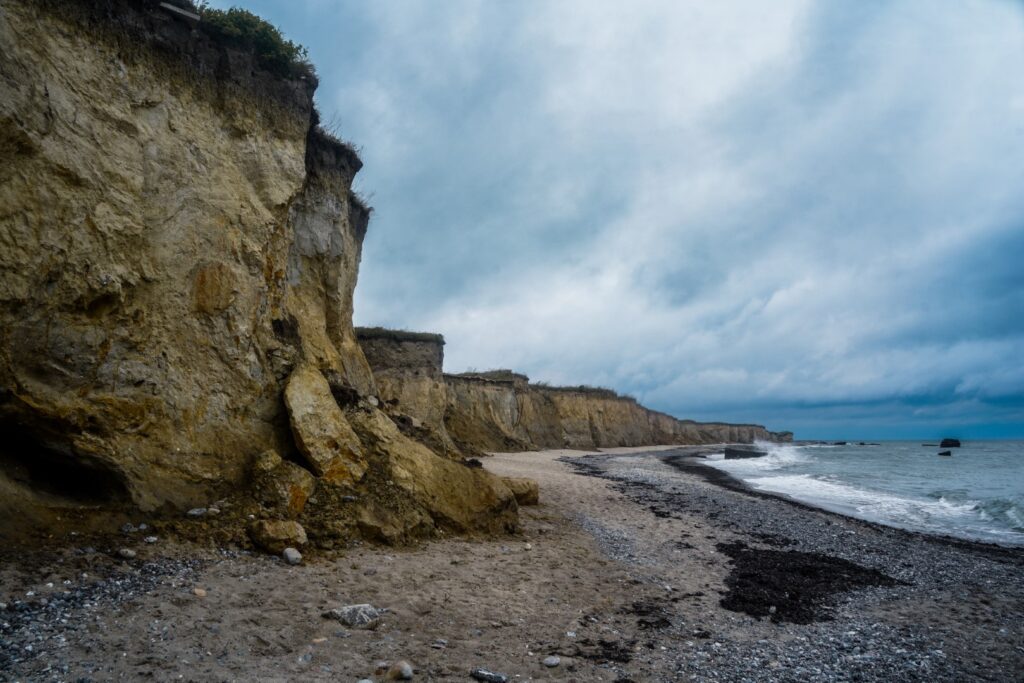
When we got back to the shelter in the afternoon, it was time to say farewell to Gedser and head up north to the tiny village of Åstrup where we had a wedding to attend! As we jumped on the bus and left cozy little Gedser behind, I swore I’d be back someday. There might not be much going on in Gedser, but I enjoyed it immensely for all its quirks and its old time feel!
Leave a Comment
Pingback: My August 2023: From Alaska to Aberdeen – Northtrotter on 27/08/2023
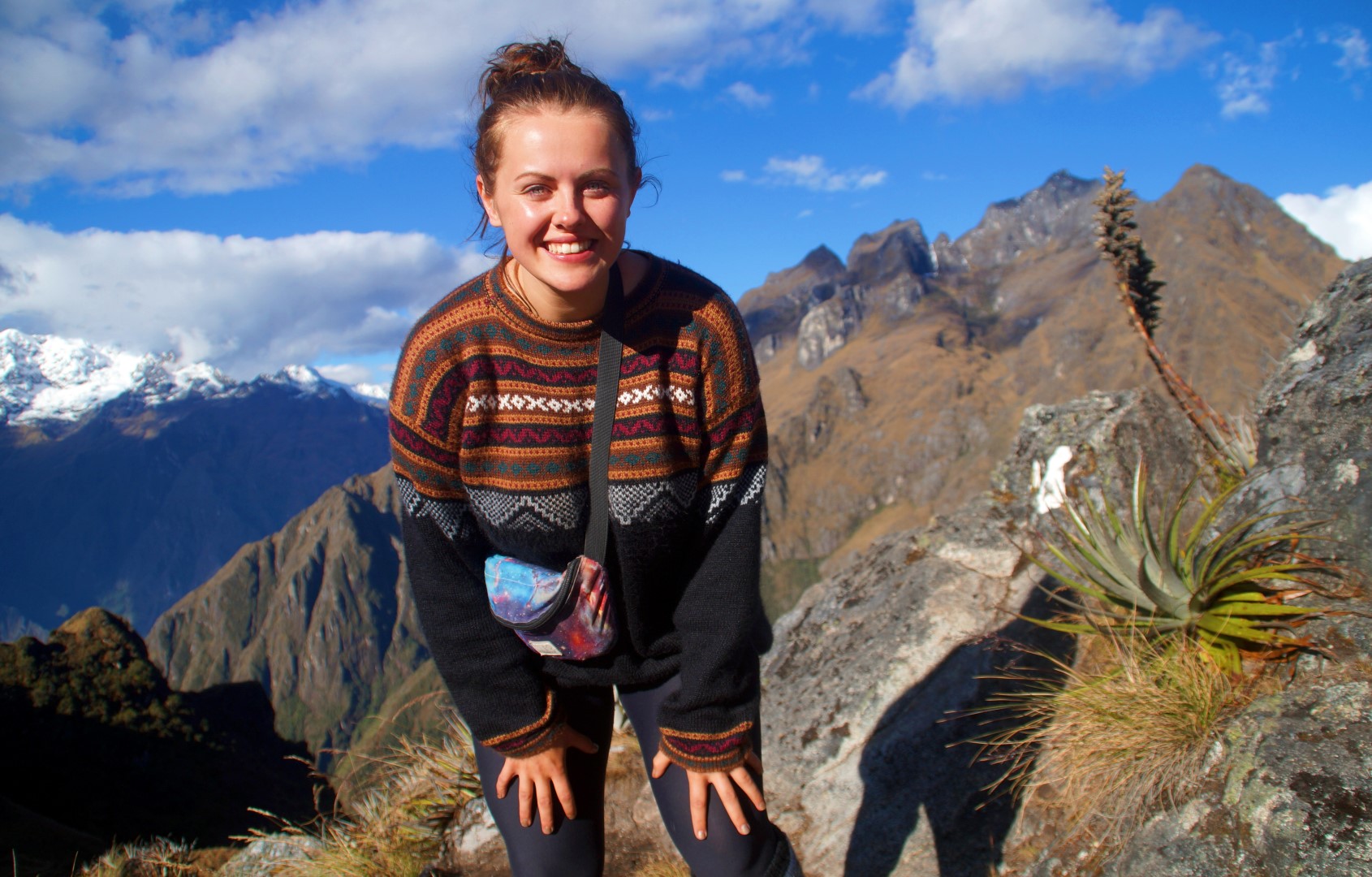
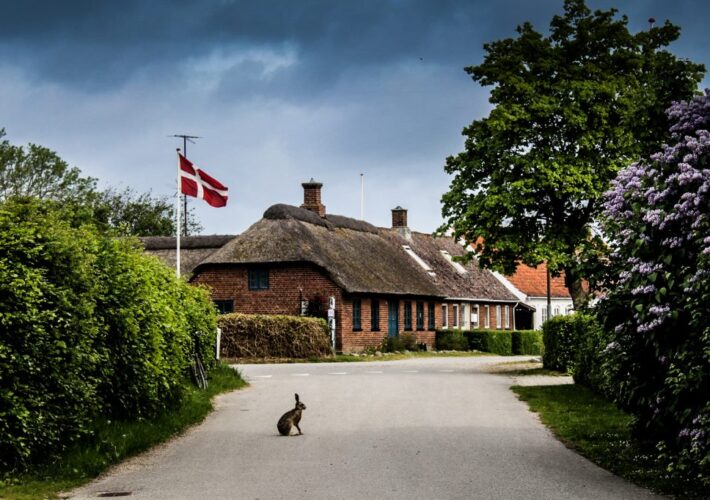
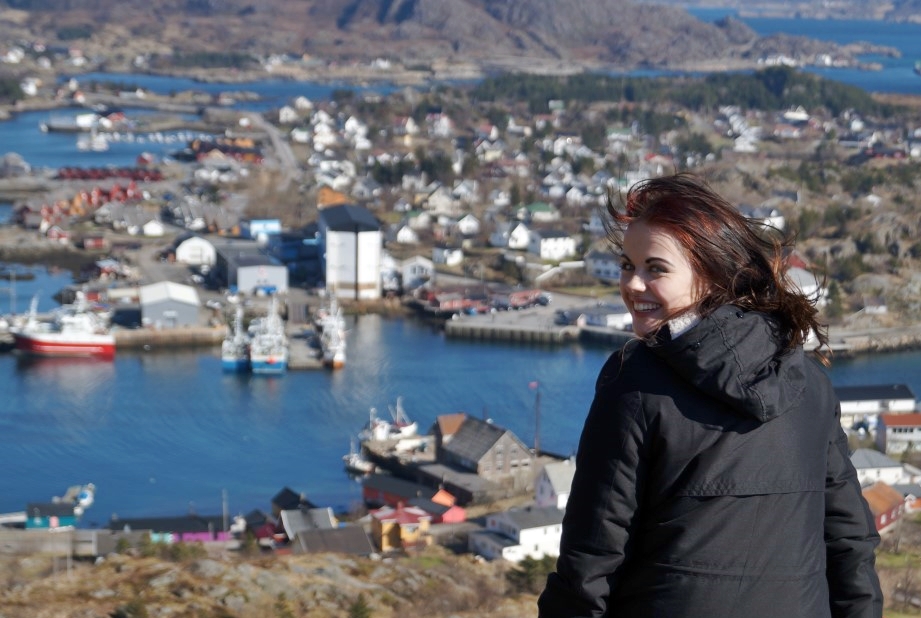

1 COMMENT